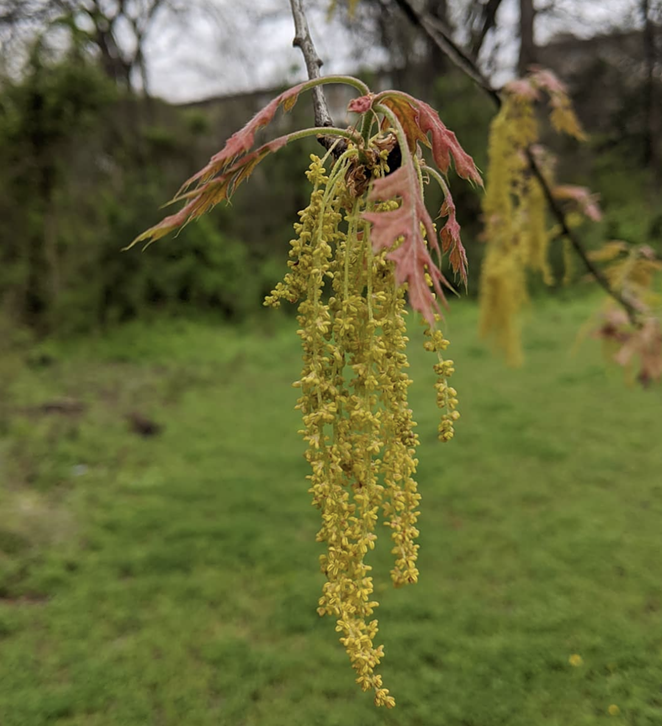The influx of pollen at the start of spring is causing allergy symptoms in many South Texans right as the COVID-19 pandemic spreads across the country.
While symptoms such as a cough and runny nose can be alarming right now, they may be causing those with seasonal allergy symptoms to fill up waiting rooms and utilize limited resources needed for patients who could potentially have the virus.
"Symptoms are very similar," Dr. Ray Altamirano, a local family medicine physician, told the Current. "Sniffles, cough, stuffy head, sneezing are typically seasonal allergies, especially during these months."
To differentiate between allergies and COVID-19 symptoms, medical professionals are following guidelines designated by the Centers for Disease Control. Patients are initially screened for fever, shortness of breath or a cough.
"What has been the biggest early tell is the onset of shortness of breath," Altamirano said.
Patients who mistakenly believe they have the virus are a significant problem due to limited resources for testing and treatment of COVID-19, especially as the virus continues to spread, Altamirano warns.
"The whole concept of social distancing is for this exactly," he added. "People are urged to stay home with mild symptoms and avoid the risk of spreading the virus."
Flattening the curve, or using protective practices to slow the rate of COVID-19, helps hospitals have rooms, supplies and doctors for all patients who need care, according to John Hopkins Medicine.
Altamirano noted that flattening the curve can prevent what happened in the countries hardest hit by the virus: "Hospitals in China and Italy were inundated with COVID-infected patients and the rate-limiting factor is access to ventilators and ICU rooms."
Asymptomatic patients are scrutinized using coronavirus protocols to eliminate their exposure to the virus and use of limited resources. Due to the shortage of medical equipment, masks, gowns and gloves are reserved for symptomatic patients.
Testing is limited to patients who meet certain criteria. Altamirano explained that a physician's history-taking is the biggest factor when determining who should be tested for COVID-19.
Along with positive signs and symptoms of coronavirus, the CDC recommends health care professionals be on the lookout for patients who have traveled to level 3 countries and those who have been in close contact with someone with COVID-19.
"Most people with marginal health risk will survive COVID-19 infections," Altamirano said. "It's the elderly demographic and those with chronic lung diseases who are at the biggest risk for death. It is for them that we need to minimize risk and flatten the curve."
Stay on top of San Antonio news and views. Sign up for our Weekly Headlines Newsletter.


